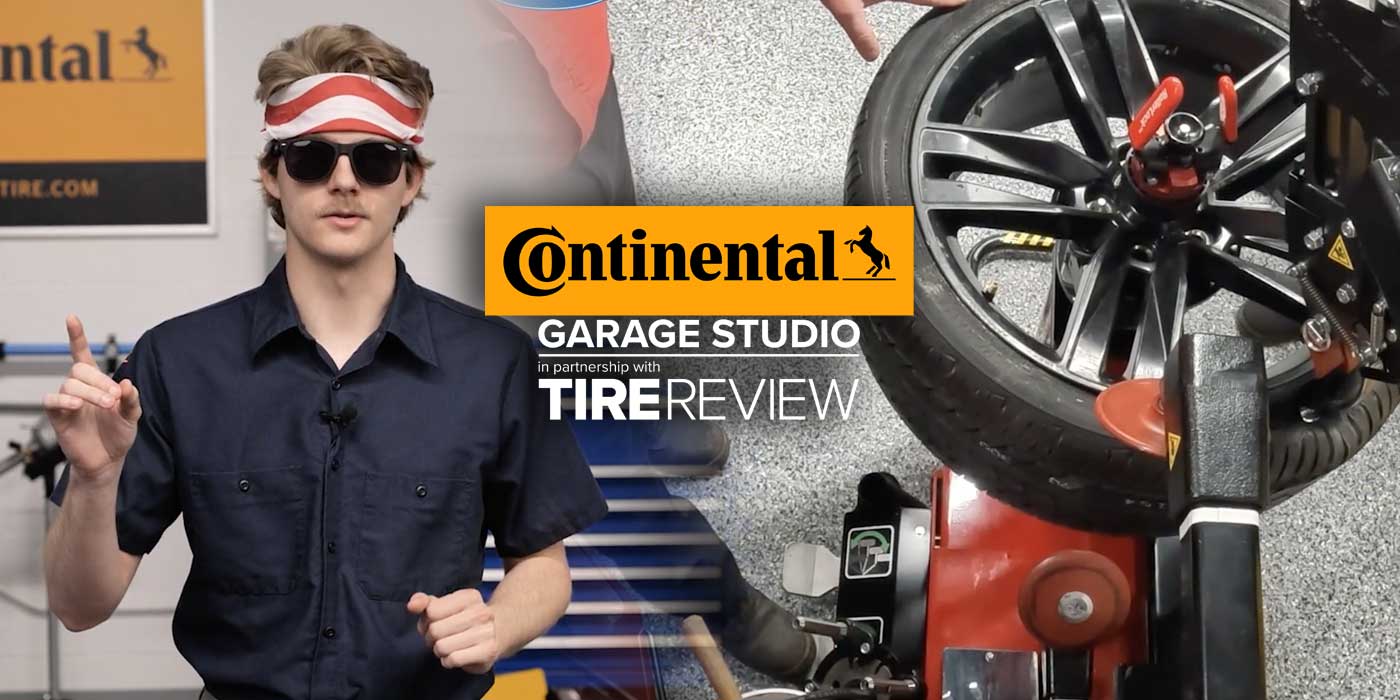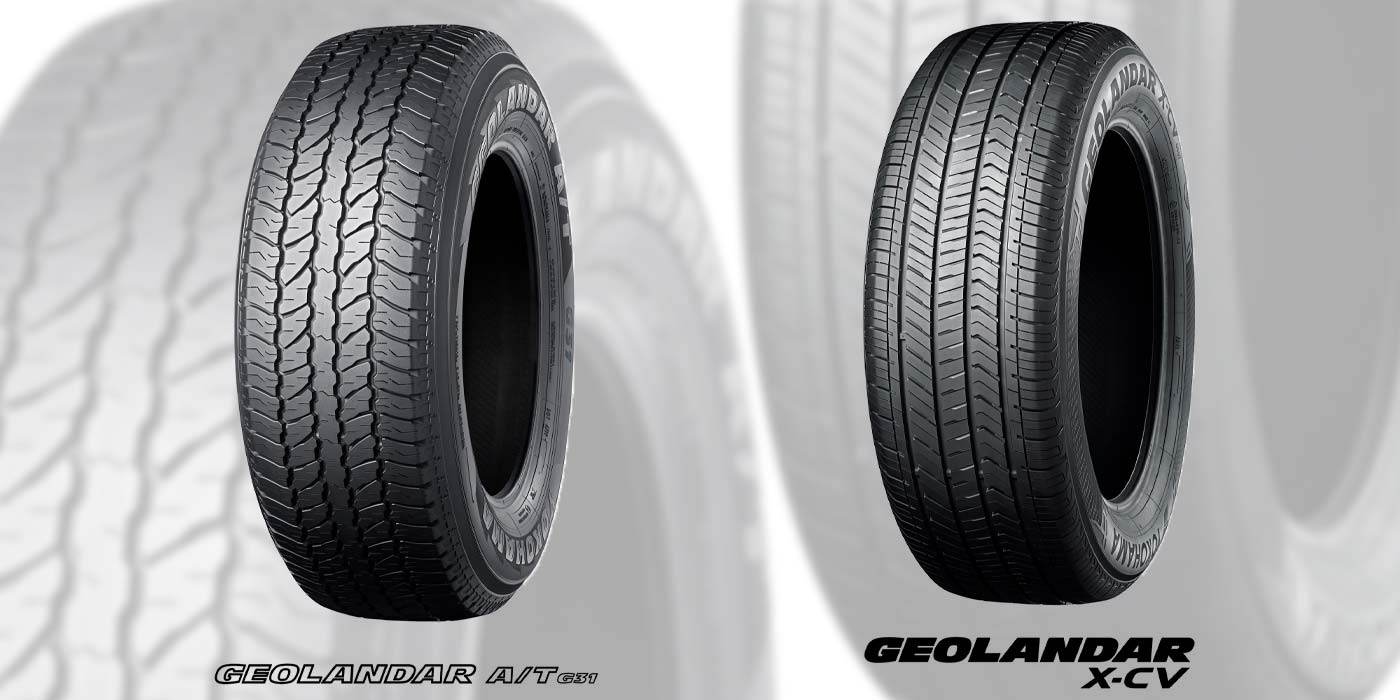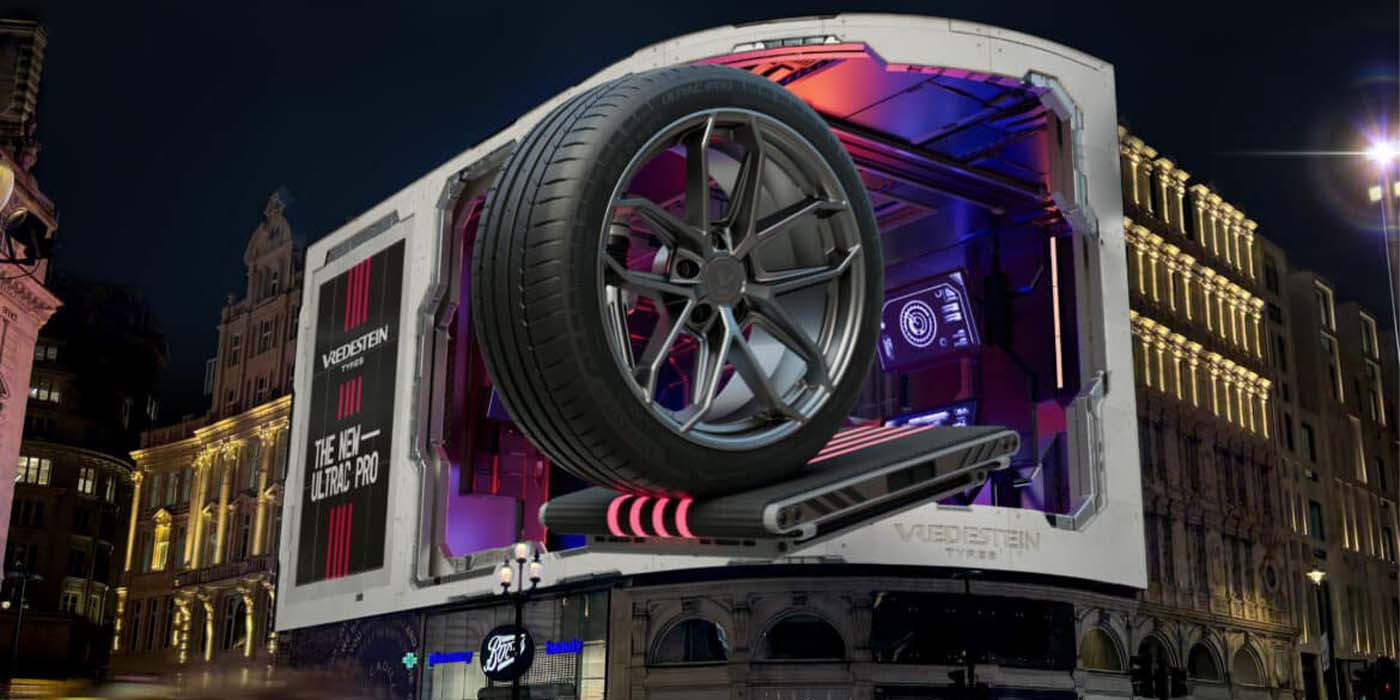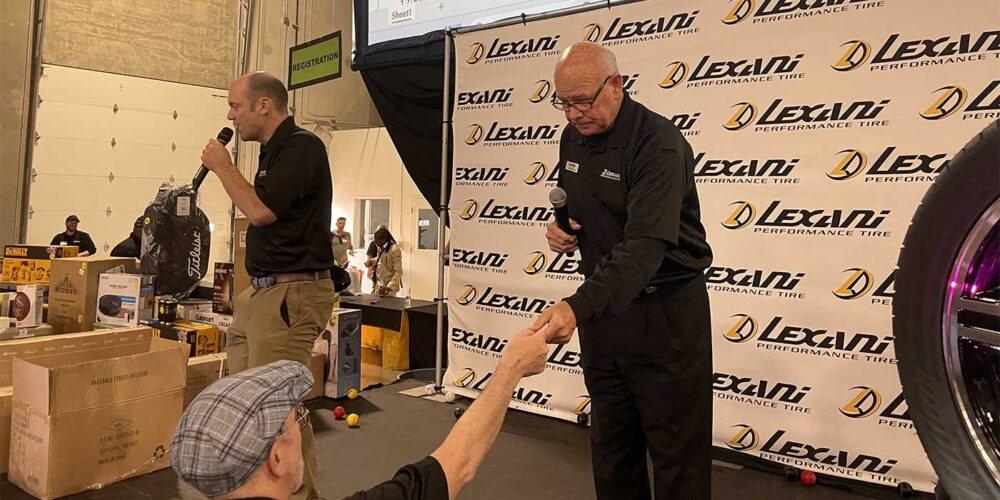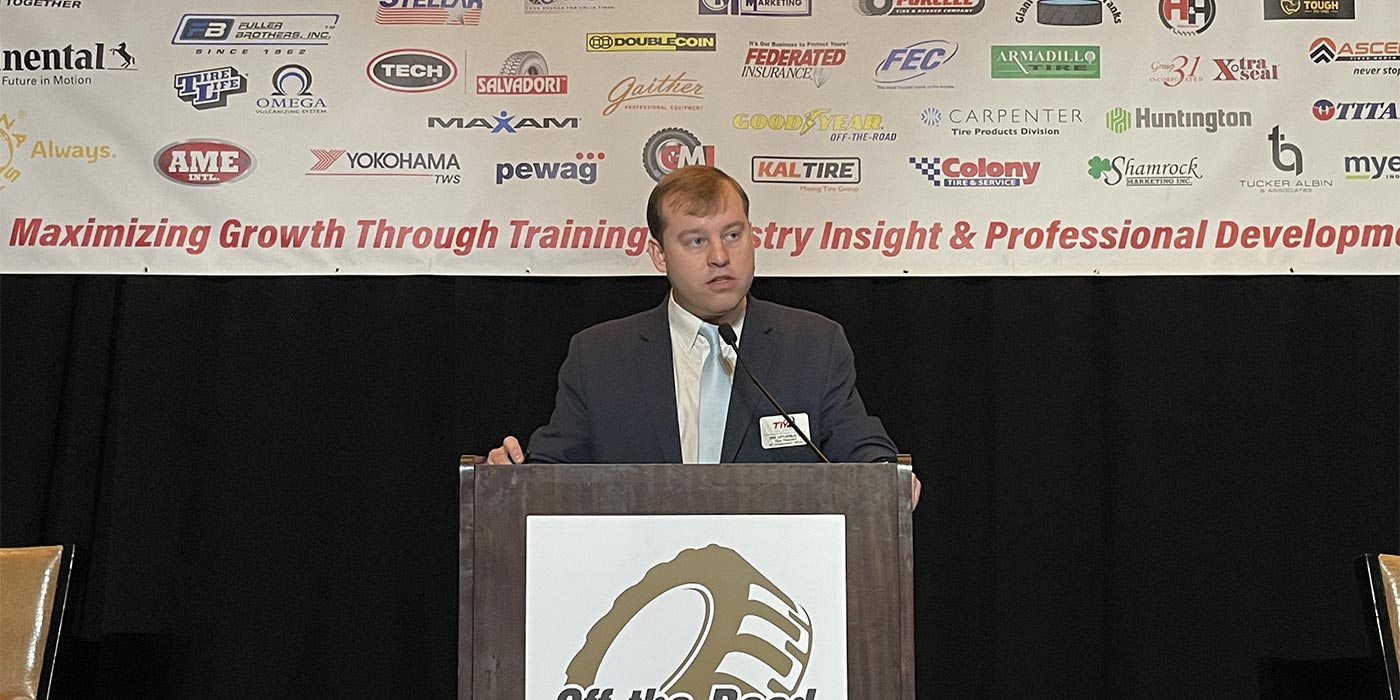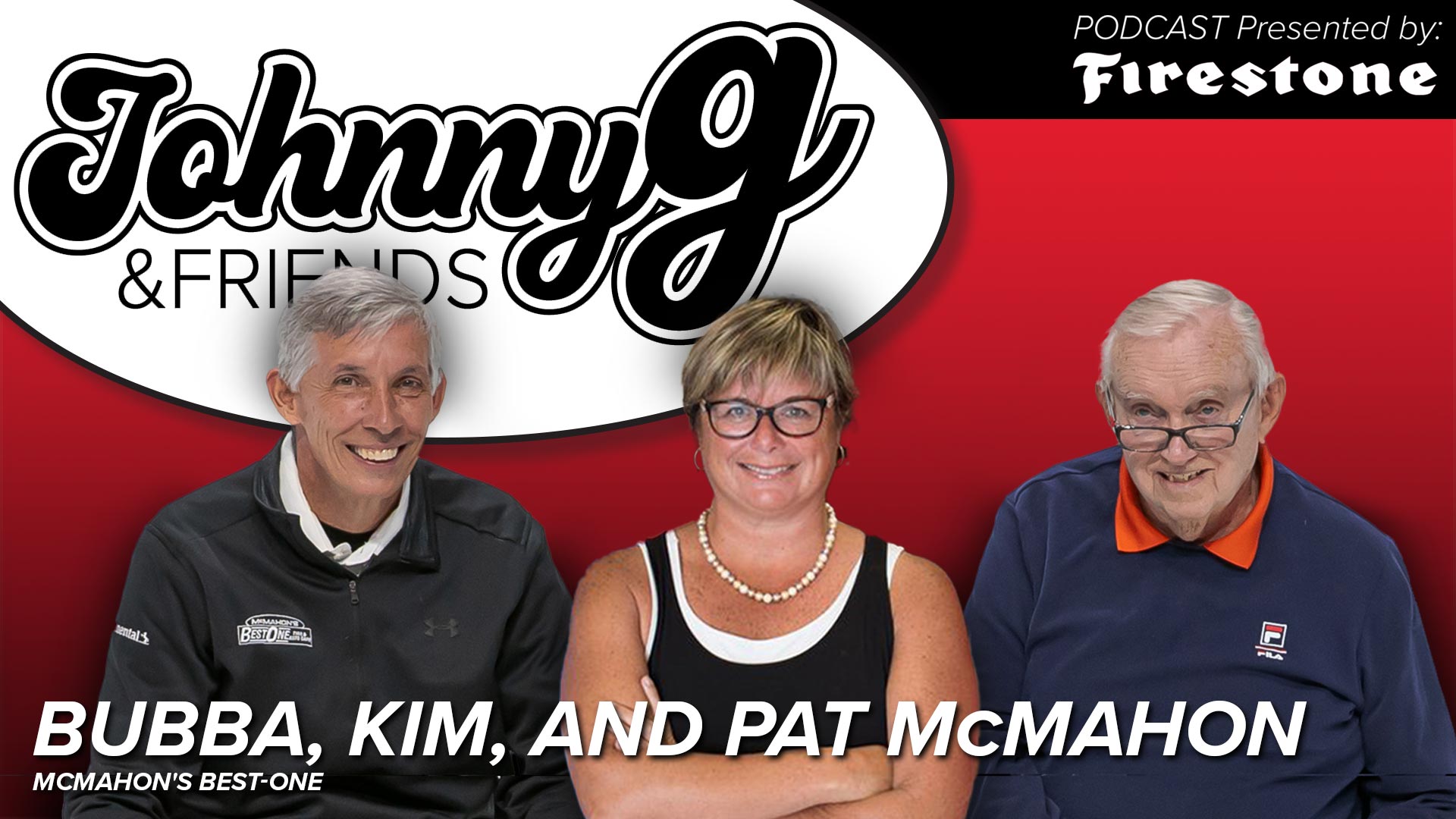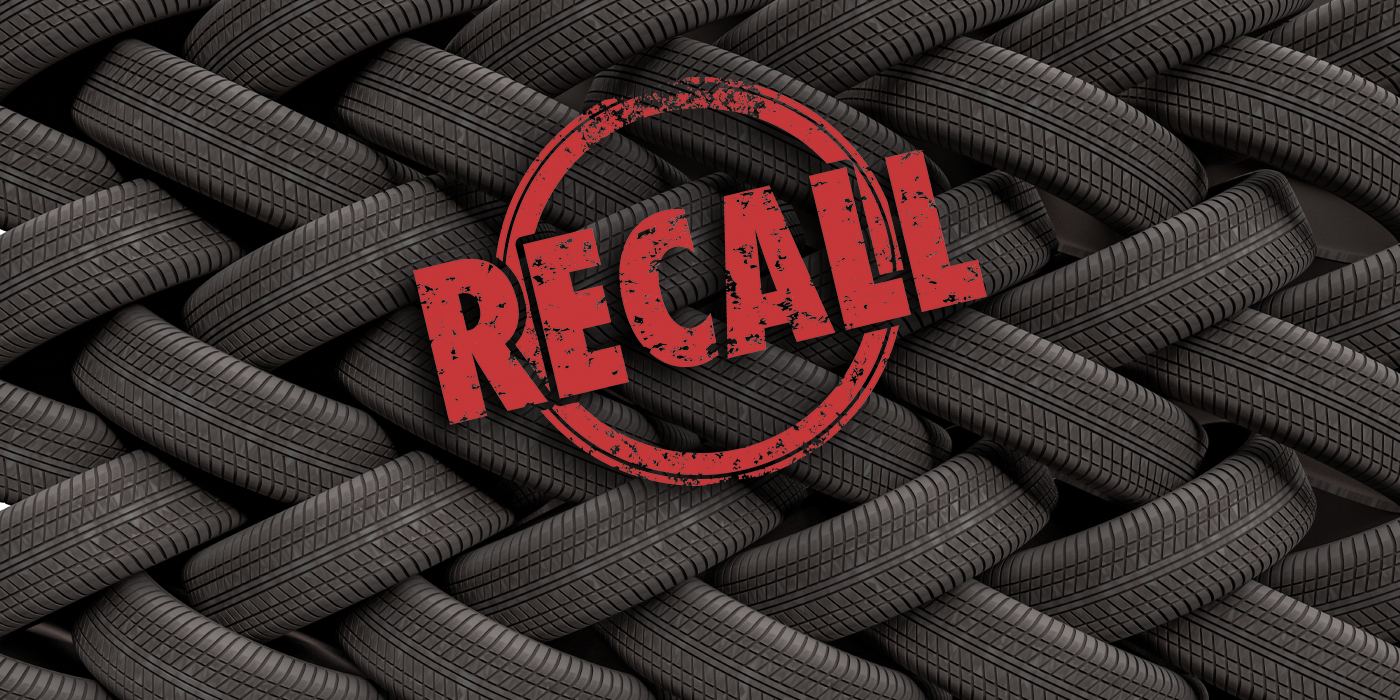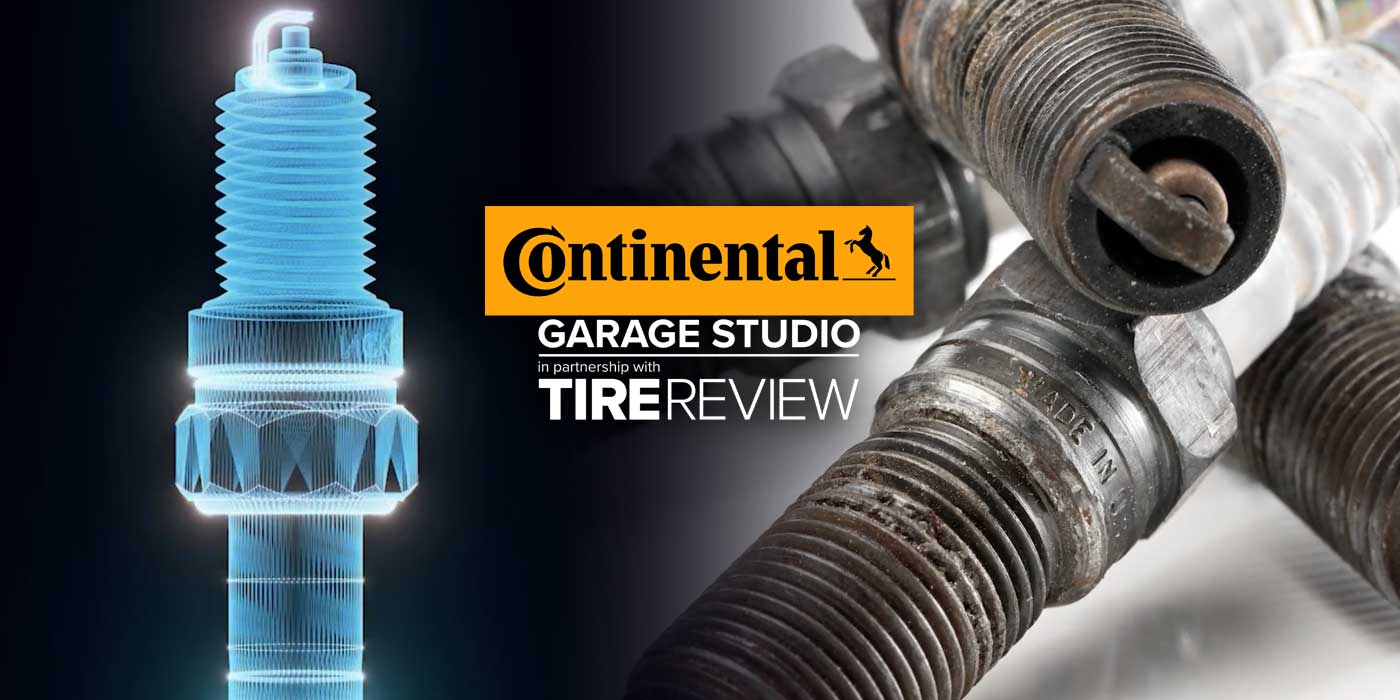The layer of rubber "crumbs" makes the surface softer and more forgiving. It also gives off dozens of compounds that have not been studied or assessed for safety in the United States.
Despite assurances from the Connecticut Department of Public Health that the chemicals in artificial turf are little cause for concern, environmentalists and a growing number of public officials in the Northeast are questioning the wisdom of building athletic fields containing the equivalent of 26,000 tires of unknown composition.
Outdoor sports were played on grass and dirt until 1966 and the advent of the enclosed Houston Astrodome, which was too dark inside to grow grass. A Monsanto subsidiary produced ersatz grass that came to be called Astroturf. In 1967, Indiana State built the first stadium with outdoor Astroturf.
Astroturf evolved into a product similar to a plastic shag carpet in-filled with granulated rubber.
Preliminary safety studies conducted in Connecticut, California, Missouri and Europe suggest that these polypropylene mats, topped with loose, dusty rubber crumbs, may pose a risk to toddlers, children and teens.
Connecticut Attorney General Richard Blumenthal and environmental organizations in Connecticut and other states call for research into the properties and safety of the scores of chemicals that leach out of tires.
However, the number and unfamiliarity of these rubber chemicals are so extreme that assessing the substances’ safety may require decades of work, experts said.
Meanwhile, minced tires are being sold as mulch and as a surface for playgrounds.
Environment & Human Health Inc. of North Haven completed a 30-page study of artificial turf in July, becoming one of the first environmental groups to address the issue.
Nancy Alderman, president of EHHI, said, "People have been calling from all over the country. We’re one of the few organizations that’s done anything."
Whatever is seeping out of rubber crumbs is an unnecessary exposure, she said. "What are we doing to children? We shouldn’t put the stuff in playgrounds," she said.
Some civic officials are starting to think the same way.
Fairfield conservation officials blocked an artificial turf field at Fairfield Country Day School last week. Artificial turf fields were also recently rejected in New York and New Jersey townships.
Out of the 850 or so artificial fields in the U.S., Connecticut has around 50; New York, 150; and New Jersey, 150. East Haven, Milford, Guilford and Branford have artificial turf playing fields.
Schools invest in artificial fields because natural grass is easily damaged and costly to maintain and replace. Grass also needs regular watering and application of pesticides.
While safety studies of rubber granulate are beginning in the U.S., the Swedish Chemical Agency recommended in April that the material not be used in artificial turf because crumbs release hazardous materials. South Korea’s education ministry began investigating the safety of recycled rubber granules over the summer following student complaints, and last year a study undertaken by the Italian minister of health found that synthetic turf fields are potentially carcinogenic.
Just what’s in the tires, and what chemicals emerge when the synthetic rubber breaks down is difficult to determine, said David R. Brown, director of public health toxicology for EHHI.
"Tire crumbs is a very generic term. Different tires contain different chemicals. Different crumbs give off different chemicals in different proportions, but they all have carbon black," he said.
The comprehensive California study found that tire crumbs contain 15 metals, including zinc; 20 volatile organic compounds; 14 semi-volatile organic compounds; and particulates.
Researchers found five benzothiazoles, used to speed vulcanization of rubber. Phenol, used as a softener and extender, was also detected. Two nitrosamine compounds were also evident. Other chemicals to slow degradation of rubber, and to bond rubber to metal belts also turned up.
Where do all of these chemicals come from?
Few, if any, tires are made from natural latex rubber. Most are synthetic and contain styrene-butadiene, ethylene propylene diene monomer and other petroleum-based polymers.
When the materials break down, or are left out in the sun and rain, a related family of chemicals emerges.
The Connecticut Agricultural Experiment Station in New Haven analyzed rubber crumbs and the chemicals they leach, finding benzothiazole, butylated hydroxyanisole, hexadecane, a phenol, zinc, selenium, lead and cadmium.
Mary Jane Mattina, chief of analytical chemistry at the experiment station, said laboratory tests are informative but cannot reveal how the rubber granules will perform in the field.
"More work is appropriate," she said.
Brown said, "We’re not taking a minimal problem and blowing it out of proportion. On a hot day with low wind, the chemicals don’t dissipate quickly."
Brown said the tire industry seems to have found a lucrative way to dispose of used tires as crumb rubber. "Then came the idea that $500,000 to $1 million fields could be sold to schools. If the crumbs are consumed, they are digested and release carcinogens. Eating 10 grams, the equivalent of 10 Splenda packs, puts you over the risk threshold for cancer in California. You can’t say it’s trivial. It’s not," Brown said.
While a grass field would be decked with fertilizer, pesticides and other chemicals, agricultural chemicals are tested, licensed and regulated, Brown said. Grass turf has no surprises, whereas crumb rubber might.
"There needs to be some basic, common sense assessment before we go and do these kinds of things. The more I looked at artificial turf, the more concerned I’ve become," Brown said.
"If someone got serious about this, someone could come up with the right questions, sampling and establish the risk. It’s easier to argue about it than get data," he said.
That could prove easier said than done.
Tim Morse, associate professor at the Occupational and Environmental Health Center at the University of Connecticut Health Center, said that out of 80,000 chemicals now used in the United States, standards exist for only 500. "We don’t require comprehensive testing," he said.
Beside, the U.S. chemical inventory is mostly stock with which to make other products. No companies make poly aromatic hydrocarbons, or other exhaust or waste products.
One solution to the crumb rubber problem might be to change the way tires are manufactured, Morse said. Perhaps safer chemicals could be used.
Blumenthal is still pushing for $200,000 with which to conduct research into crumb rubber. If state agencies will not supply the money, he may seek private contributions, he said.
"There’s a need for more research and study on the health hazards," Blumenthal said.
Rather than review every chemical detected in crumb rubber, investigators could search for known harmful compounds, he said.
"Few people anticipated that their children would stick their faces into chopped up tires, or swallow any. My four children played on synthetic turf. I’m not panicking," Blumenthal said.
Simple measures, such as washing after playing on artificial turf and avoiding artificial turf when temperatures are high, could minimize whatever risk the rubber poses, he said.
"The connection between tires and health effects are unexplored. It is counter-intuitive to use tires where children play. I can understand the apprehension of parents," Blumenthal said.
"There seem to be serious questions here. Maybe we should find answers," he said.



